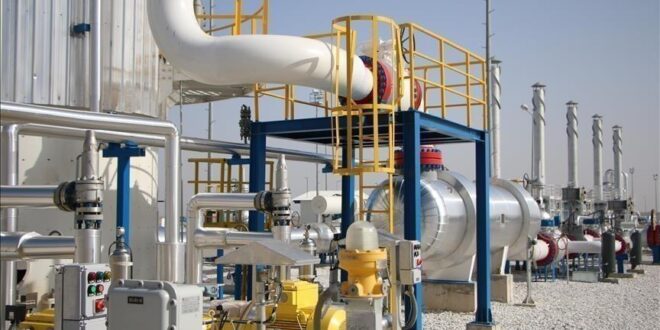Iran and Armenia have signed an agreement to extend the term of the existing contract under which Tehran exports natural gas to Yerevan in exchange for electricity until 2030.
The revised agreement requires Iran to expand the volume of its gas supply to Armenia in exchange for electricity from the landlocked country in the Caucasus.
The agreement was inked on Thursday by Majid Chegeni, the chief executive officer of the Iranian National Gas Company (NIGC), and Aram Ghazaryan, the chief executive officer of the Yerevan Thermal Power Plant, in the presence of the officials of the two countries.
Iranian media cited the country’s embassy in Armenia as saying that the initial agreement to extend the gas-for-electricity program was reached during Armenian Prime Minister Nikol Pashinyan’s visit to Tehran in November last year, which was followed by technical and expert negotiations.
The negotiations between the expert teams of the two countries focused on the contract period, amount of exports and the exchange rate of electricity and gas, reports said.
According to Iranian officials, the gas pipeline between Iran and Armenia has the capacity to export 1 billion cubic meters of gas annually and only a third of the capacity has been utilized so far.
The transmission of electricity from Armenia to Iran will also increase three-fold once the third transmission line becomes functional.
The gas-for-electricity barter agreement was first signed in 2006 under which Armenia receives 1 cubic meter of gas in exchange for three kilowatt hours of electricity.
During the Armenian prime minister’s visit to Tehran last November, the two countries formally agreed to double the amount of natural gas exports to Armenia in exchange for electricity.
At present, Armenia gets about 365 million cubic meters of natural gas from Iran annually, which will be doubled now.

 Iran Energy News Oil, Gas, Petrochemical and Energy Field Specialized Channel
Iran Energy News Oil, Gas, Petrochemical and Energy Field Specialized Channel



